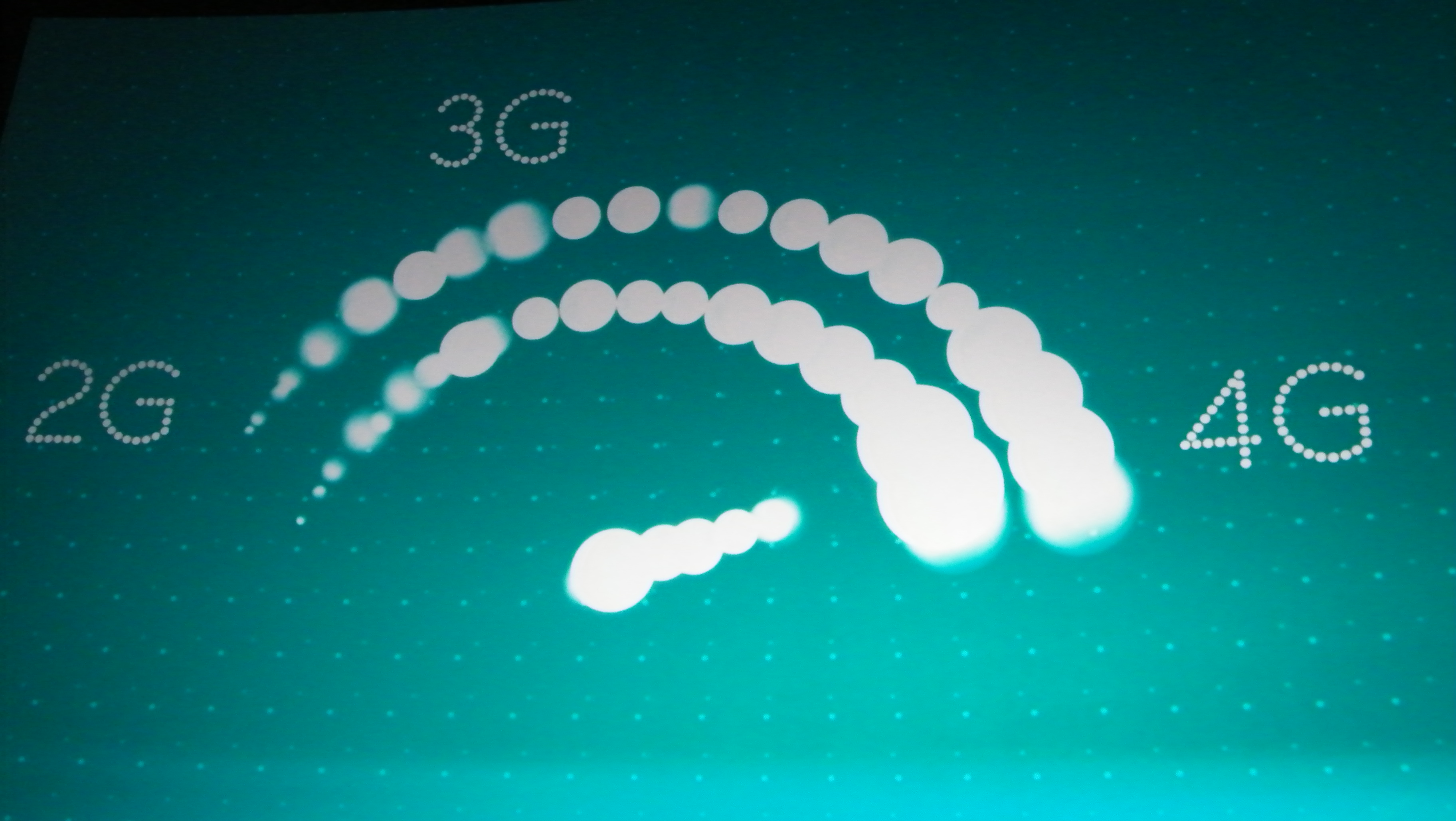
The spread of 4G networks is likely to fill 'not-spots' for mobile communications in the UK, with extra 2G and 3G equipment backing up that made for the fourth generation, according to a report from regulator Ofcom.
Its new report on the availability of communications services in the UK includes a prediction that three factors will lead to improved coverage.
One is that wherever 4G networks are rolled out, 2G and 3G equipment will be installed alongside. More phones and dongles that use all three technologies are hitting the market and providing faster connections for users.
Second is that the agreement between Vodafone's coverage should improve on the back of its agreement with Telefónica's O2 to share infrastructure, and the obligation on the latter's 4G licence to provide indoor coverage to 98% of UK premises.
Third is that Telefónica's coverage advantage is likely to spur other operators to extend their coverage to compete for business.
Funding factor
The report says these factors should combine with others, such as funding from the Department of Culture, Media and Sport and reforms in the planning laws, to improve mobile and broadband coverage around the country.
EE has so far led the way in extending 4G coverage, aiming to extend its network to 98% of the population by the end of next year.
Are you a pro? Subscribe to our newsletter
Sign up to the TechRadar Pro newsletter to get all the top news, opinion, features and guidance your business needs to succeed!